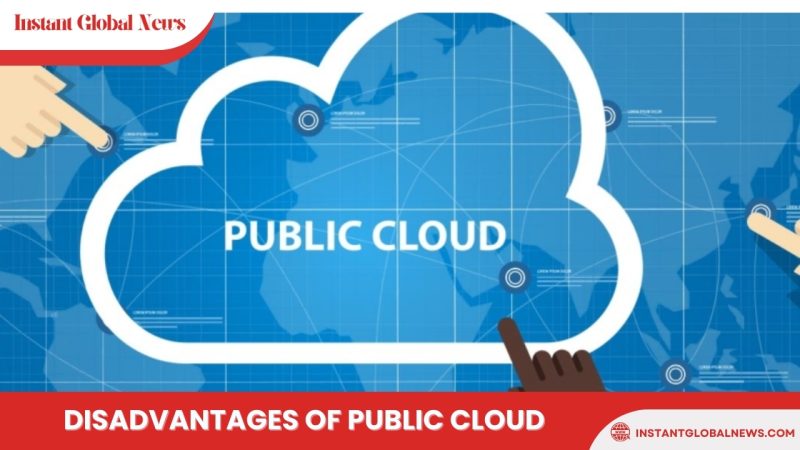![]()
The terms “hybrid cloud” and “multi-cloud” are often used interchangeably, making it difficult to define their differences. However, there is one significant distinction between the two.
In a multi-cloud environment, an organization utilizes multiple public cloud services from different cloud providers. For instance, they may host their web front-end application on AWS and their Exchange servers on Microsoft Azure. This strategy allows organizations to leverage the strengths of different cloud providers, avoid vendor lock-in, and take advantage of cost optimization by selecting providers that offer the lowest price for specific services at any given time.
On the other hand, hybrid cloud computing includes private cloud infrastructure, such as an organization’s own data center, along with one or more public cloud services. The private and public cloud components work together to achieve business goals.
To summarize the differences:
- Hybrid clouds always include a private cloud and are typically managed as a single entity.
- Multi-clouds include multiple public cloud services that may perform different functions. They can be both multi-cloud and hybrid cloud if they also incorporate a private cloud component.
Organizations sometimes adopt a multi-cloud strategy accidentally, with different departments using different public cloud providers. However, others intentionally develop a comprehensive IT strategy that includes multiple public cloud providers, on-premises infrastructure, and software-as-a-service offerings, forming a managed hybrid IT environment.
For example, a hybrid cloud application might use on-premises databases while running application code in both the on-premises private cloud and “cloud bursting” to the public cloud during periods of high demand.
As technology evolves, enterprises will continue to adopt multiple clouds to achieve their business goals. According to Gartner, more than 30% of large enterprises will require justification for anything other than a cloud-only strategy for new IT initiatives, and over half of cloud-using enterprises will adopt a cloud-first approach by 2021.
FAQs
Q: Can a multi-cloud strategy be considered a hybrid cloud?
A: While multi-clouds can incorporate a private cloud component and be classified as hybrid clouds, they can also exist without a private cloud component. Therefore, not all multi-cloud strategies are considered hybrid clouds.
Q: What are the advantages of a hybrid cloud compared to a multi-cloud?
A: A hybrid cloud provides the benefits of leveraging both private and public cloud resources, offering greater flexibility, data control, and customization options. It allows organizations to balance cost optimization and security while achieving their business objectives.
Conclusion
Understanding the differences between hybrid cloud and multi-cloud is crucial for organizations as they develop their cloud strategies. While multi-cloud involves utilizing multiple public cloud services, hybrid cloud incorporates private cloud infrastructure along with the public cloud. By carefully considering their specific requirements and goals, organizations can choose the most suitable cloud architecture to meet their needs.

